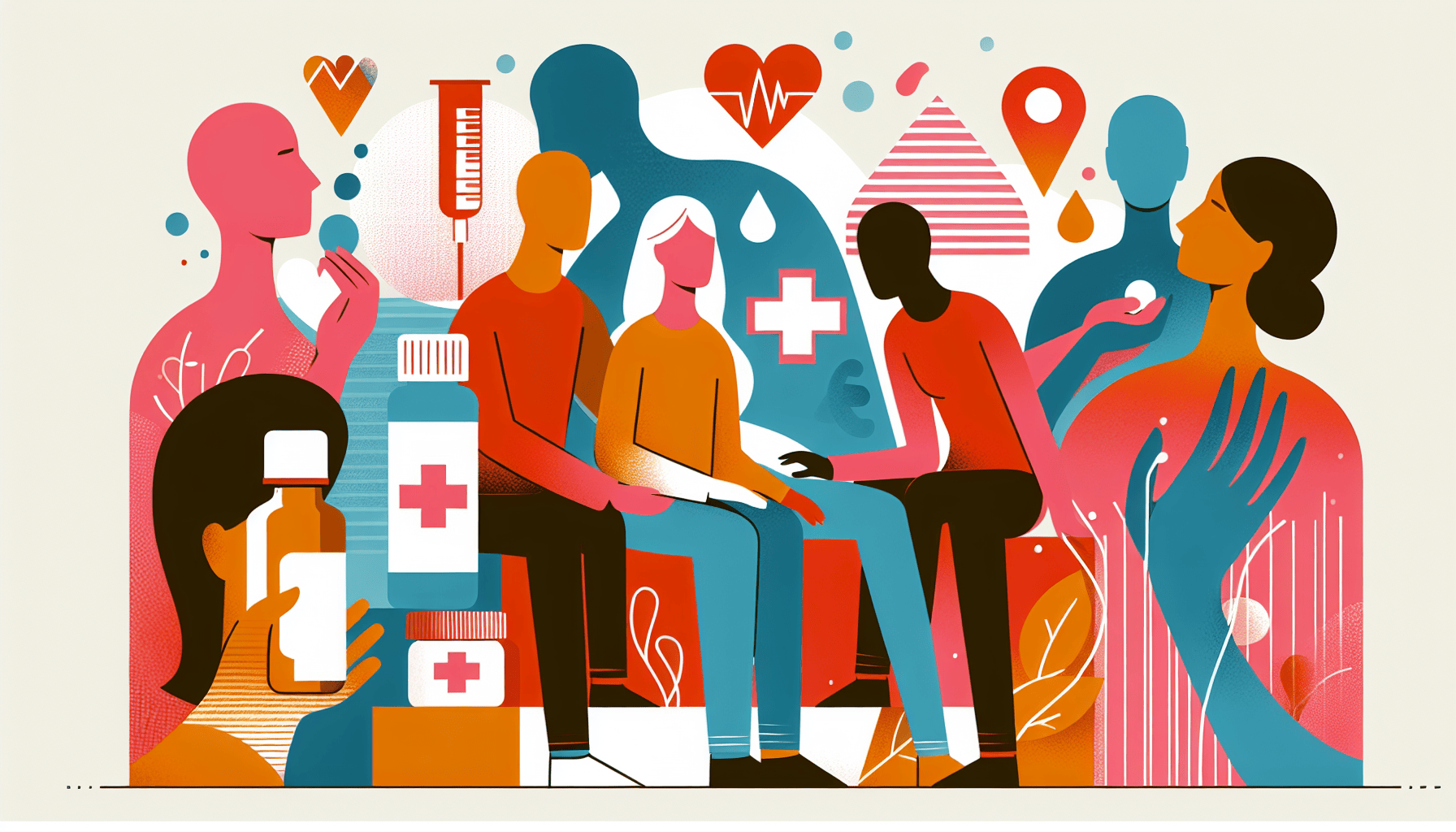Tirzepatide for Sleep Apnea - Can It Help?
Understanding Sleep Apnea and Its ChallengesSleep apnea is a common yet serious sleep disorder characterized by repeated interruptions in breathing during sleep. These pauses [...]
Read MoreAnaphylaxis, also known as anaphylactic shock, is a severe and potentially life-threatening allergic reaction that requires immediate medical attention. If you or someone you know experiences an anaphylactic reaction, it is crucial to administer a shot of epinephrine (adrenaline) as soon as possible and call 911 for emergency medical help.

Anaphylaxis occurs when your immune system overreacts to a typically harmless substance, such as food, medication, or an insect sting. The most common triggers for anaphylaxis include:
Foods (peanuts, shellfish, fish, milk, eggs, soy, and wheat)
Medications (penicillin, muscle relaxants, aspirin, ibuprofen, and anti-seizure drugs)
Insect stings or bites (bees, wasps, yellow jackets, hornets, and fire ants)
Latex (found in hospital gloves, balloons, and rubber bands)
In some rare cases, anaphylaxis can be triggered by exercise or a combination of factors, such as breathing in pollen and eating certain foods.
Anaphylaxis symptoms usually develop within minutes of exposure to the trigger, but they can sometimes appear an hour or more later. The signs and symptoms of anaphylaxis may progress through four stages:
Stage 1: Mild symptoms, such as itching, redness, or hives on the skin, and a runny nose.
Stage 2: Worsening symptoms that spread to more areas of the body, including swelling of the face, lips, or tongue, watery eyes, difficulty swallowing, and gastrointestinal issues like abdominal pain, vomiting, or diarrhea.
Stage 3: Severe symptoms, such as trouble breathing, weak pulse, chest pain, dizziness, lightheadedness, or fainting. This stage is sometimes referred to as anaphylactic shock.
Stage 4: Life-threatening symptoms, including a significant drop in blood pressure, weak pulse, and severely restricted airways. At this stage, anaphylaxis can lead to heart attack and death if not treated promptly.
The most effective treatment for anaphylaxis is an epinephrine injection, which should be administered immediately (usually in the thigh). If you have a history of anaphylactic reactions, it is essential to carry at least two doses of epinephrine with you at all times and ensure that your prescription is up to date.
When medical personnel arrive, they may administer additional epinephrine, provide oxygen, or insert a breathing tube if necessary. At the hospital, you may receive intravenous antihistamines, steroids, or other medications to help manage your symptoms and prevent a secondary reaction.
To reduce your risk of anaphylaxis, it is crucial to identify your triggers and take steps to avoid them. Some preventive measures include:
Wearing a medical alert necklace or bracelet to inform others of your allergies
Carrying an emergency kit with your medications at all times
Informing your medical and dental providers about your allergies and risk for anaphylaxis
Reading food labels carefully and communicating your allergies when dining out
Taking steps to avoid insect stings or bites if they are your trigger
If you are at risk for anaphylaxis, it is essential to work with an allergy specialist to develop a personalized prevention and treatment plan. By understanding your triggers, recognizing the signs and symptoms of anaphylaxis, and knowing how to respond in an emergency, you can help protect yourself from the potentially life-threatening complications of this severe allergic reaction.
For more information on anaphylaxis, visit:
Understanding Sleep Apnea and Its ChallengesSleep apnea is a common yet serious sleep disorder characterized by repeated interruptions in breathing during sleep. These pauses [...]
Read MoreHeart attacks are often perceived as a predominantly male health issue, but the reality is that heart disease is the leading cause of death for women worldwide. Recognizing [...]
Read MoreTelehealth has transformed the way patients access healthcare, offering convenience, speed, and accessibility that traditional in-person visits often cannot match. With the [...]
Read More